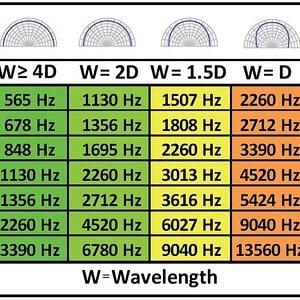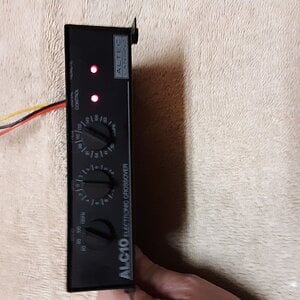How and why? Lots of people toss this claim around but nobody can explain it.
Output power equals input power times efficiency.
Analogies are generally worthless and inaccurate, but I am an auto enthusiast, so I'll play along. Your amp is closest to a transmission in the drivetrain comparison. It takes the power from the engine and ultimately converts it to travel speed. A 4-ohm load might be a higher gear, and a 1-ohm load might be a lower gear, but the transmission doesn't care. Its only function is to take input power from the engine and convert it to usable output power for the rest of the drivetrain. This is obviously over-simplified, because engines have power-curves, and you don't want to over-rev them OR lug them, which is why comparisons like this are worthless.
Comparisons always have a caveat, hence why I stuck to a same gear and changed the RPM. In this case RPM could equal power in or amps in or whatever metric you wish, but the comparison is the same.
Here is the over simple way of explaining an amp:
Amps make power in one simple way, they produce voltage. The DC voltage from the car powers a toroidal transformer that converts the DC to AC voltage, and powers the Mosfets. These Mosfets have a few different specifications, but the main concern would be their current capacity. Say we we have 40 amp capable Mosfets.
Running an amp at maximum possible output power in this case, the input signal is "boosted" to whatever the output voltage is, say 40v. This would be the rail voltage, going above this "rail voltage" would cause clipping. The caps in the amp have a capacitance and a voltage rating, in this case we could say this amp has 40v "rail caps". The capacitance value matters, but in this case we can ignore it for the most part.
So, 40v of possible rail voltage, 40 amps of current available at maximum. Here's the Kicker, voltage is MUCH eaiser to produce in an amp and contributes alot less heat. That's why most industrial high power motors use 240v or 480v or even higher voltage. The higher the voltage, the less current you need to flow and vice versa. Using the 40v and 40a numbers above the amp would theoretically put out the following numbers, efficiency is 100 percent in this example.
4 ohm load - 40v and 10 amps = 400w
2 ohm load - 40v and 20 amps = 800w
1 ohm load - 40v and 40 amps = 1600w
AAs you can see, halving the resistance doubles the amperage, and therefore doubles the power. BUT you are also at least doubling the heat created.
So, we want to make 400w at 1 ohm, we get the following:
1 ohm load - 20v and 20 amps = 400w
So 4 ohm load = 10 amps and a 1 ohm load = 20 amps.
These calculations are very basic until you take into account efficiency. If you take a basic 90 percent efficiency rating at 4 ohms, and a generous 70 percent efficiency rating at 1 ohm you get the following:
4 ohms requires 11 amps of input current
1 ohm requires 26 amps of input current.
Amps are much more efficient when fully loaded(as far as I know, could be wrong on this one), so calculating efficiency for the 1 ohm load would be difficult.
TLDR:
Lower ohm loads require alot more current. Current = heat
Voltage is eaiser on coils and your amp
Amps are generally at least 20 percent more efficient at 4 ohms than 1ohm
Matt


